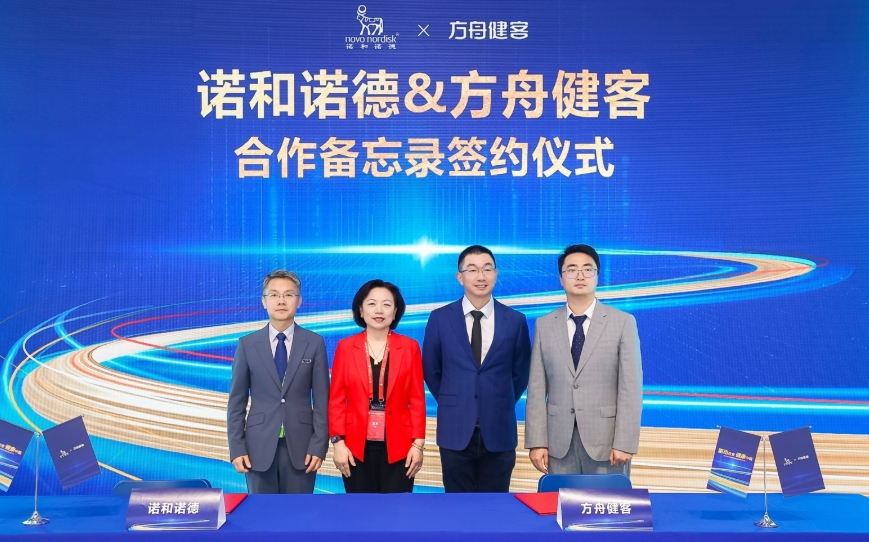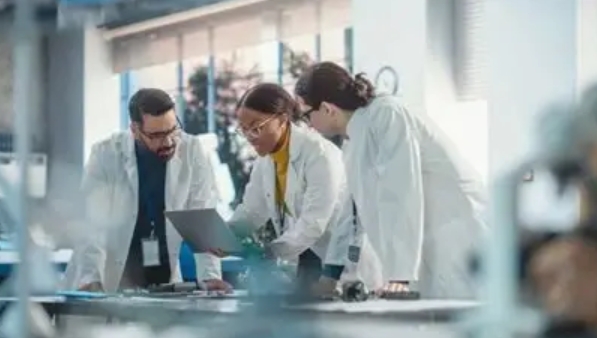
Biologics have fundamentally altered treatment strategies for a wide array of complex and chronic conditions, thanks to highly effective delivery vehicles such as monoclonal antibodies (mAbs), immunotherapies, and gene therapies.1 As the biologics market continues to expand via ongoing advancements in biotechnology and rigorous investment from pharmaceutical companies, there are a variety of upcoming changes on the horizon. Namely, the patents for a wide array of blockbuster biologics with more than $200 billion in annual revenue are set to expire by 2030, presenting opportunities for increased biosimilar development.2
So, how will this impact the biopharmaceutical market? It depends on who you ask. For the large pharma companies that own these patents, competition could grow rapidly, putting their revenue at considerable risk.3 Conversely, smaller drug manufacturers will have the opportunity to produce biosimilar drugs at R&D costs that are 15 to 20 times lower than their reference drugs, due to the fact that the active ingredients in their U.S. Food and Drug Administration (FDA)-approved counterparts have already been proven to be safe and effective.4 If you are a drug manufacturer that is motivated to manufacture a biosimilar drug to increase accessibility and affordability for patients, consider what strategies are available to navigate this emerging path to market.
Before you determine which type of biosimilar you want to pursue, familiarize yourself with which biologic patents are lapsing. Below is a list of some of the major patents expiring in the U.S. over the next five years.5,6,7
2025
2026
2027
2028
2029
As a drug developer pursuing biosimilar manufacture, it is important to conduct your own due diligence about which patents are expiring while considering your timing, target market, and team expertise. To better inform your strategy, examine the specific regulatory parameters surrounding biosimilars.
According to the FDA, a biosimilar is a biologic therapy that is highly similar, but not identical, to a biologic that has been approved by the FDA, sometimes referred to as the original biologic or the reference product.8 Biosimilars have no clinically meaningful differences from their original biologic counterparts, which means that they demonstrate the same safety, efficacy, purity, and potency, and can be used interchangeably.4
Like generic drugs, biosimilars can be approved via abbreviated regulatory pathways; however, generics are small molecule drugs that are synthesized to be identical to their reference products.5 Because a biologic is made from living materials, it cannot be exactly replicated, which is why biosimilars can never be considered identical to their reference products.8 Though biosimilar production can leverage improved manufacturing and analytic techniques, it is critical to mimic the reference product as closely as possible to avoid the designation of “biobetter”, which could result in a longer development timeline.9
Overall, biosimilar benefits include faster development timelines, reduced development costs, rapid pathways to FDA approval, and lower costs to healthcare payers, providers, and most importantly, access to a greater swath of patients.4 Prices for biosimilars are typically 15-35% lower than brand name drugs, and they have produced nearly $13 billion in cost savings since 2015; furthermore, they have been projected to save patients between $38 to $124 billion in healthcare costs from 2021-2025.10 A biosimilar developer’s success will depend largely on their team’s ability to work quickly, plan ahead, form strong partnerships, and work to their team’s strengths. Because the biosimilar field is so competitive, your team’s ability to conduct thorough market analysis from the earliest stages of development and tailor your approach accordingly is critical to helping your product stand out in what may become a saturated market.
While the goal of biosimilar manufacturing is still to provide access to life-saving therapeutics, it comes with its own unique challenges, distinct from the innovator molecule’s. As a biosimilar developer, you must determine the market(s) you are targeting from the outset to ensure continuous regulatory alignment. Though some biosimilars are made in-region for markets with less stringent regulatory requirements, in parts of the Asia-Pacific (APAC) region, breaking into more regulated markets, like the U.S., can yield major financial benefits due to the higher market prices for biologics.11
Due to the immense financial potential of biosimilars, it is a highly competitive landscape in which a multitude of developers are striving to beat each other to market; generally, the first few biosimilars to market have the most marked commercial success. Identify the biosimilar you want to create as early as possible to ensure that you reach the market within the reduced biosimilar development timeline of six to nine years.4 To support your market strategy, conduct market research and planning with key stakeholders, including physicians and patient advocacy groups, early in clinical development.9
Once you have identified your target biosimilar and its intended market(s), you must carefully design your approach to manufacturing and development. There is significant pressure to create speed-to-market given the competitive nature of biosimilar development; as a result, executing right-first-time manufacturing is critical. To do so, you will need to develop a thorough understanding of the innovator molecule and its manufacturing process.12 Almost equally important is the need to control costs of biosimilar development. This need should be examined from the lens of various process economic models that dictate different paths to process development and manufacturing. Taken within the larger context of the firm, these models will help determine whether a continuous manufacturing approach or single-use or stainless steel–based strategies are best suited for your goals.
A biosimilar’s quality target product profile (QTPP) will be based on the innovator molecule’s QTPP. As such, the clinically relevant components – the critical quality attributes (CQAs) – of the biosimilar should match the innovator molecule’s as closely as possible.13 For example, glycosylation is frequently a CQA in biologic manufacturing for mAbs; as a result, the glycosylation profile of a biosimilar and its innovator drug should be as similar as possible.14
For successful biosimilar development, you must efficiently identify the critical process parameters (CPPs) that impact CQAs so that a process can be tailored to manufacture a product with sufficient similarity to the innovator molecule; this can be done by leveraging a quality by design (QbD) approach to development. For biosimilars, QbD relies on a thorough understanding of the innovator molecule’s CQAs and the continuous analysis of the biosimilar molecule against these CQAs throughout process development.14 A manufacturer’s ability to demonstrate consistent production and quality control will significantly impact its acceptance by regulators.13
Generally, the manufacturing processes used for the reference product will be proprietary; however, you can gain further insight via European Public Assessment Reports, U.S. Summary Basis of Approval, and requests via the Freedom of Information Act.15 You will also need to gather data through structural and functional characterization to illuminate key insights on CQAs, impurities, and biologic functions.15 Collecting this information to support your team’s existing knowledge will help chart a route towards engineering a biologic product that closely resembles the original.
Throughout development and manufacturing, stay closely aligned with the regulatory requirements in your intended market. Both the FDA and European Medicines Agency (EMA) provide guidance documents that detail the similarity assessments that a biosimilar manufacturer must conduct to achieve regulatory approval.15 Because biosimilar regulations are not globally harmonized and continue to evolve rapidly, it is critical to stay abreast of any regulatory changes in your target market.
If you are looking for guidance, you might also consider the benefits of working with suppliers that have previous experience supporting biologic innovator companies throughout development and manufacturing. A partner with this depth of expertise will help guide your path through process development, complex biologic manufacturing, and regulatory compliance and, ideally, enable a more efficient route to your intended markets.
In your pursuit of developing a high-quality biosimilar, think strategically. What type of biologic development will your team’s expertise support? Which type of biologic is most needed in your market of interest? From there, determine the biologic drug product you would like to develop a biosimilar for and its regulatory expectations as well as any within the target market. As you begin to outline a plan of action, consider the potential impact of working with a partner that has previously navigated development of a biologic innovator molecule; their experience will help you avoid common setbacks and delays associated with biosimilar development, helping to ensure a shorter development timeline, risk mitigation, regulatory compliance, and, eventually, commercial success.
References
About Cytiva
At Cytiva, we envision a world in which access to life-changing therapies transforms human health. With a rich heritage dating back hundreds of years, our wealth of technical expertise and talent, a broad and deep portfolio, and exceptional service help researchers and biopharma advance therapeutics at every stage from discovery to delivery. Cytiva is part of Danaher, a global science and technology leader. Along with Danaher’s diagnostic and life sciences businesses, we bring an innovative mindset to our collaborations with customers to help them improve patient outcomes.




